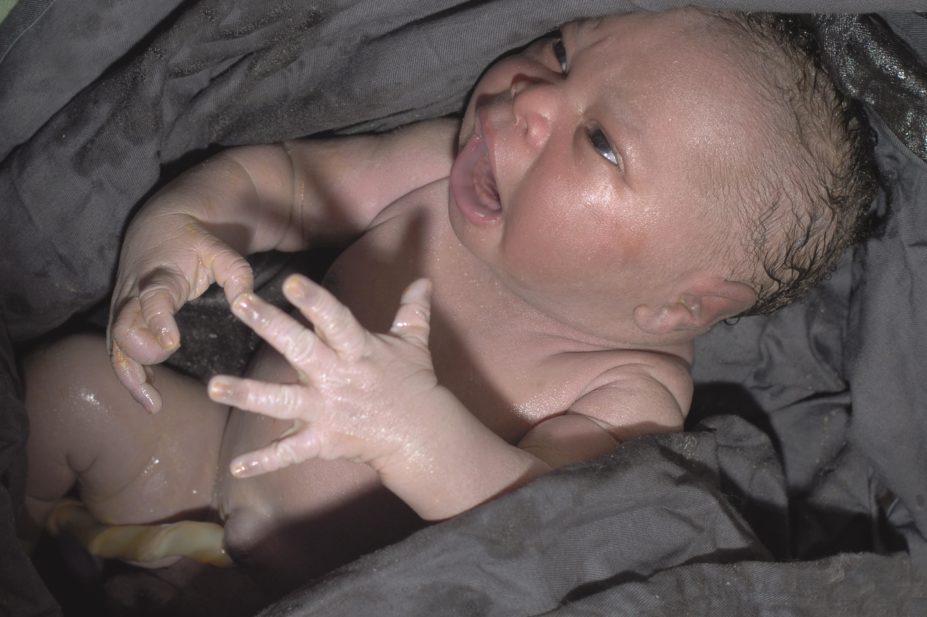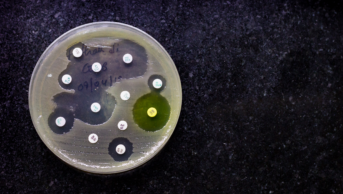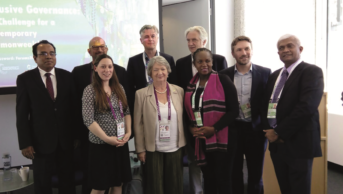
Allik Camazine / Alamy
Life expectancy at birth worldwide has increased by six years on average since 1990, boosted by big declines in child mortality, drops in AIDS-related deaths and progress against non-communicable diseases, especially in rich countries, says a report by the World Health Organization.
But the study also reveals poor countries are still lagging behind in life expectancy and other key health indicators.
The ‘World Health Statistics 2015’ report[1]
— which tracks over 1,000 health indicators in 194 countries — says average global life expectancy at birth increased to 71 years in 2013, up from 64 years in 1990 (median 74 years from 68 years). Life expectancy reached 62 years in the poorest countries from 53 years in 1990, and in rich nations it reached 79 years from 75 years in 1990. In 2013, global life expectancy for women on average was 73 years (up from 67 years in 1990) — five years more than the 68 years reported for men (up from 62 years in 1990), it says.
Ties Boerma, WHO director for health statistics and informatics, says greater access to medicines for HIV and tuberculosis and artemisinin-combination therapies for malaria have contributed to the advances in global life expectancy, along with the success of drugs for controlling hypertension.
The availability of pharmacy personnel (including pharmacists and pharmacy technicians) varies widely between rich and poor countries. There were only 0.4 pharmacy personnel per 10,000 people in the poorest nations, compared with 10.1 in high-income nations. Overall, in 2013 the global average was 4.5 pharmacy personnel per 10,000 people.


